Vulcanization Accelerator: What You Need to Know
20/01/2024
Vulcanization accelerator is a process that strengthens and hardens rubber by treating it with sulfur. This process has been in use for over a century and has been instrumental in the development of modern rubber products. However, the process of vulcanization can take a long time, and manufacturers are always looking for ways to speed it up.
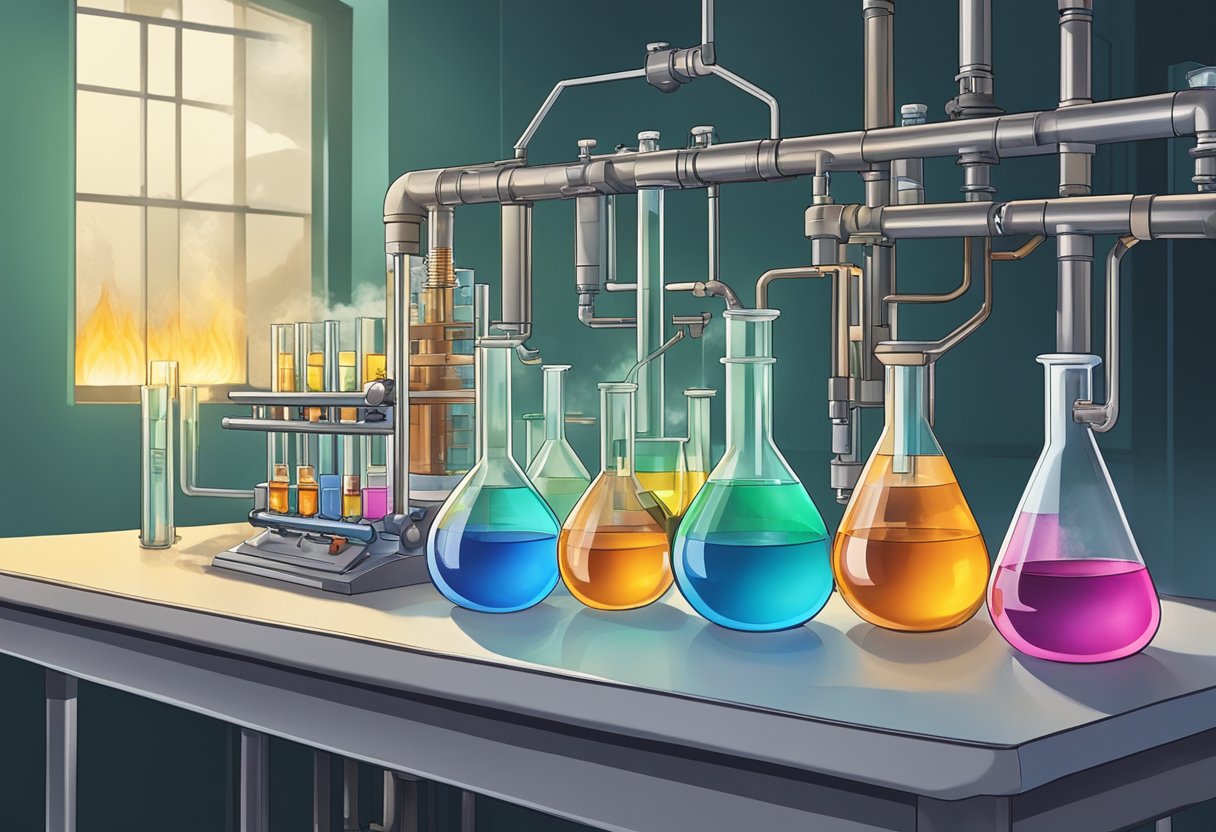
This is where vulcanization accelerators come in. These chemicals are added to the rubber accelrators mixture to speed up the vulcanization process. They work by increasing the rate of cross-linking between the polymer chains in the rubber, which results in a faster and more efficient vulcanization process. Vulcanization accelerators are widely used in the rubber industry, and they have become an essential component in the production of many rubber products.
History of Vulcanization Accelerators
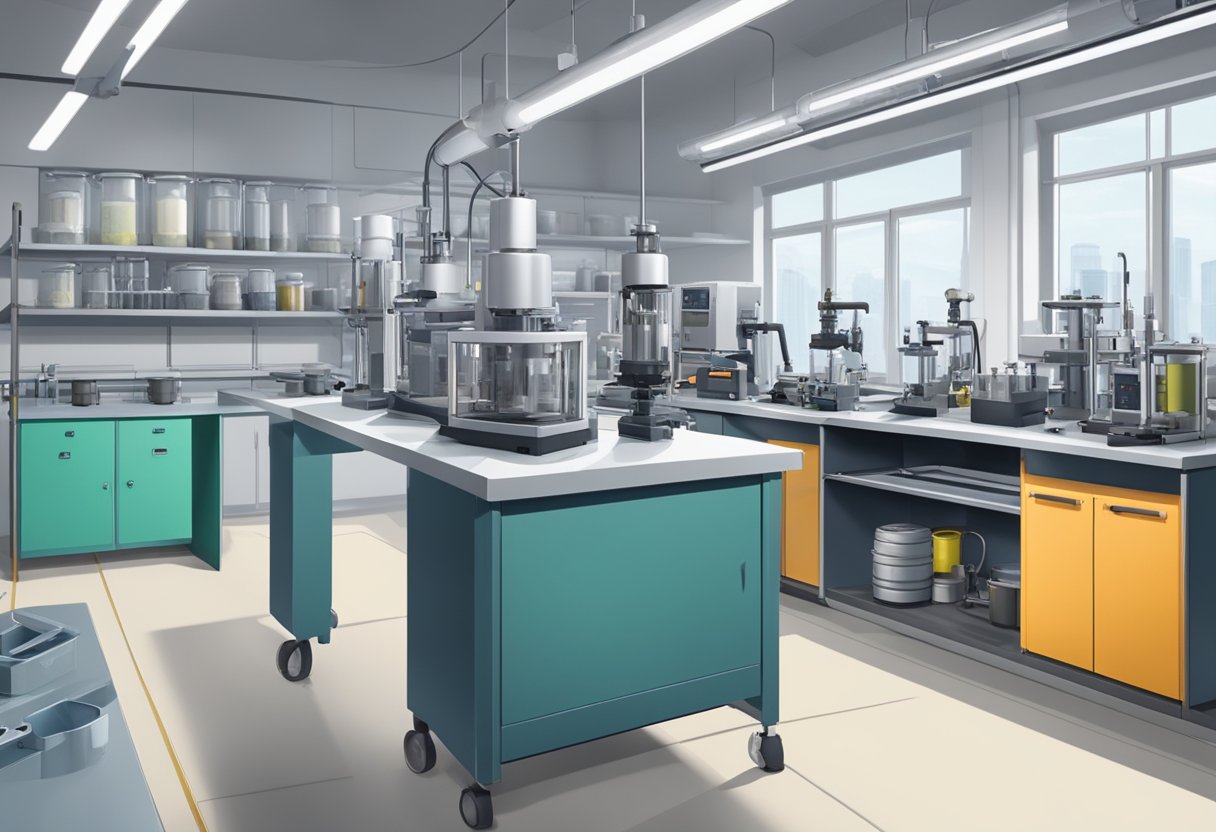
Vulcanization accelerators have been used in the rubber industry for over a century. The process of vulcanization was discovered by Charles Goodyear in 1839, but it was not until the early 1900s that accelerators were discovered.
The first vulcanization accelerator was discovered accidentally in 1906 by a German chemist named Fritz Hofmann. Hofmann was working on a new type of rubber when he noticed that it was vulcanizing faster than normal. After analyzing the rubber, he discovered that it contained a small amount of aniline, which was acting as a vulcanization accelerator.
In the following years, other chemists discovered new types of accelerators, such as thiurams, dithiocarbamates, and mercaptobenzothiazoles. These accelerators allowed for faster and more efficient vulcanization, which greatly improved the quality and durability of rubber products.
During World War II, the demand for rubber products increased dramatically, and the development of new accelerators became a top priority. Chemists discovered new types of accelerators, such as sulfenamides and guanidines, which were even more effective than previous accelerators.
Today, vulcanization accelerators are an essential component of the rubber industry. They allow for faster and more efficient vulcanization, which results in higher quality and more durable rubber products.
Chemical Properties of Vulcanization Accelerators
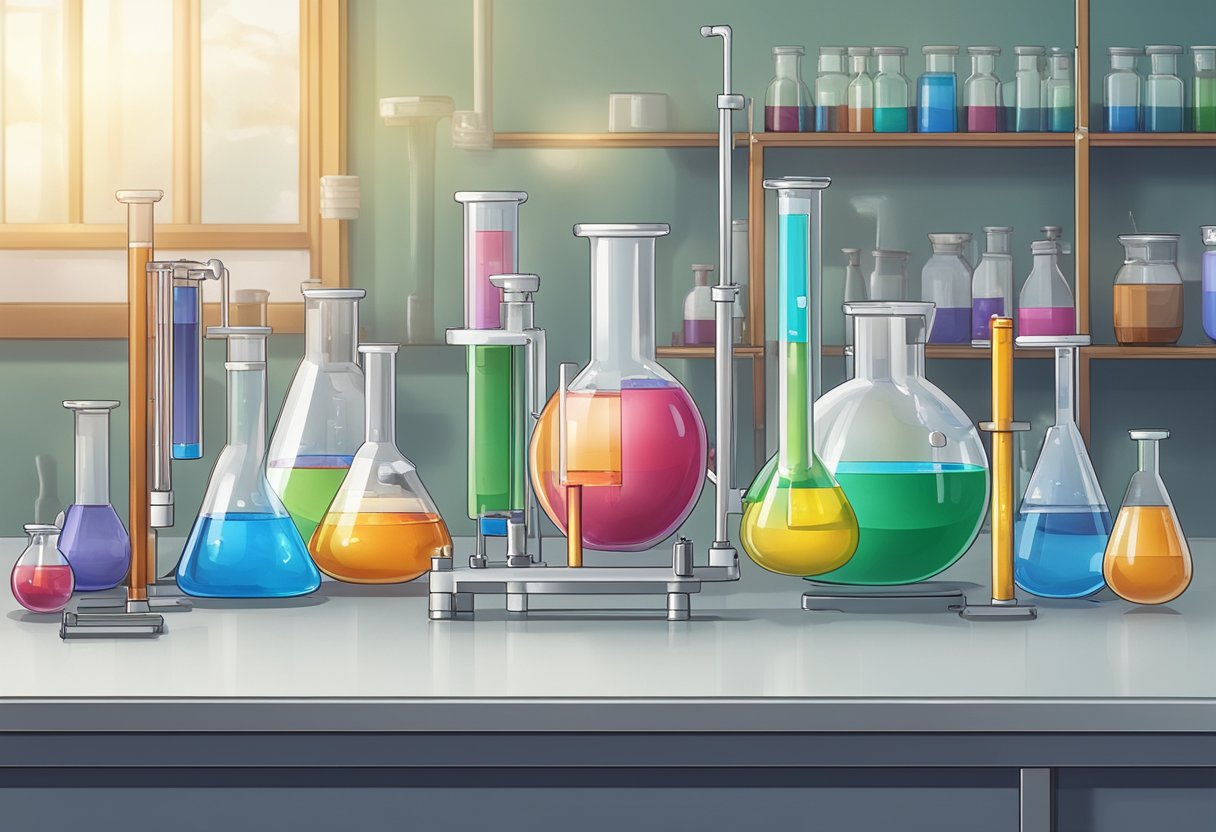
Molecular Structure
Vulcanization accelerators are organic compounds that contain sulfur and nitrogen atoms. They have a complex molecular structure that can be classified into several categories based on their chemical composition. Some of the common types of vulcanization accelerators include sulfenamides, thiurams, dithiocarbamates, and guanidines.
Sulfenamides are the most widely used type of vulcanization accelerator. They have a general structure of R-S-N=C-S-R’, where R and R’ are alkyl or aryl groups. Thiurams have a similar structure to sulfenamides but contain a sulfur atom in place of the nitrogen atom. Dithiocarbamates have a general structure of R-N(CS)2, where R is an alkyl or aryl group. Guanidines have a structure of R-N=C(NHR)2, where R is an alkyl or aryl group.
The molecular structure of vulcanization accelerators plays a crucial role in determining their effectiveness in promoting the vulcanization process. The presence of functional groups such as sulfenamide, thiuram, or dithiocarbamate in the molecular structure enhances the reactivity of the accelerator with sulfur, resulting in faster vulcanization.
Reactivity
Vulcanization accelerators are highly reactive compounds that promote the vulcanization process by increasing the rate of sulfur cross-linking in rubber. They work by forming reactive intermediates with sulfur, which then react with rubber molecules to form cross-links.
The reactivity of vulcanization accelerators is influenced by several factors, including the type of accelerator, the concentration of accelerator, the temperature, and the pH of the vulcanization mixture. Accelerators with a higher concentration and a higher level of functional groups in their molecular structure exhibit higher reactivity.
It is important to note that the reactivity of vulcanization accelerators can also have a negative impact on the quality of the final product. Overuse of accelerators or the use of incompatible accelerators can cause premature aging and reduced mechanical properties in the cured rubber. Therefore, careful selection and dosage of vulcanization accelerators are crucial for achieving optimal vulcanization results.
Types of Vulcanization Accelerators
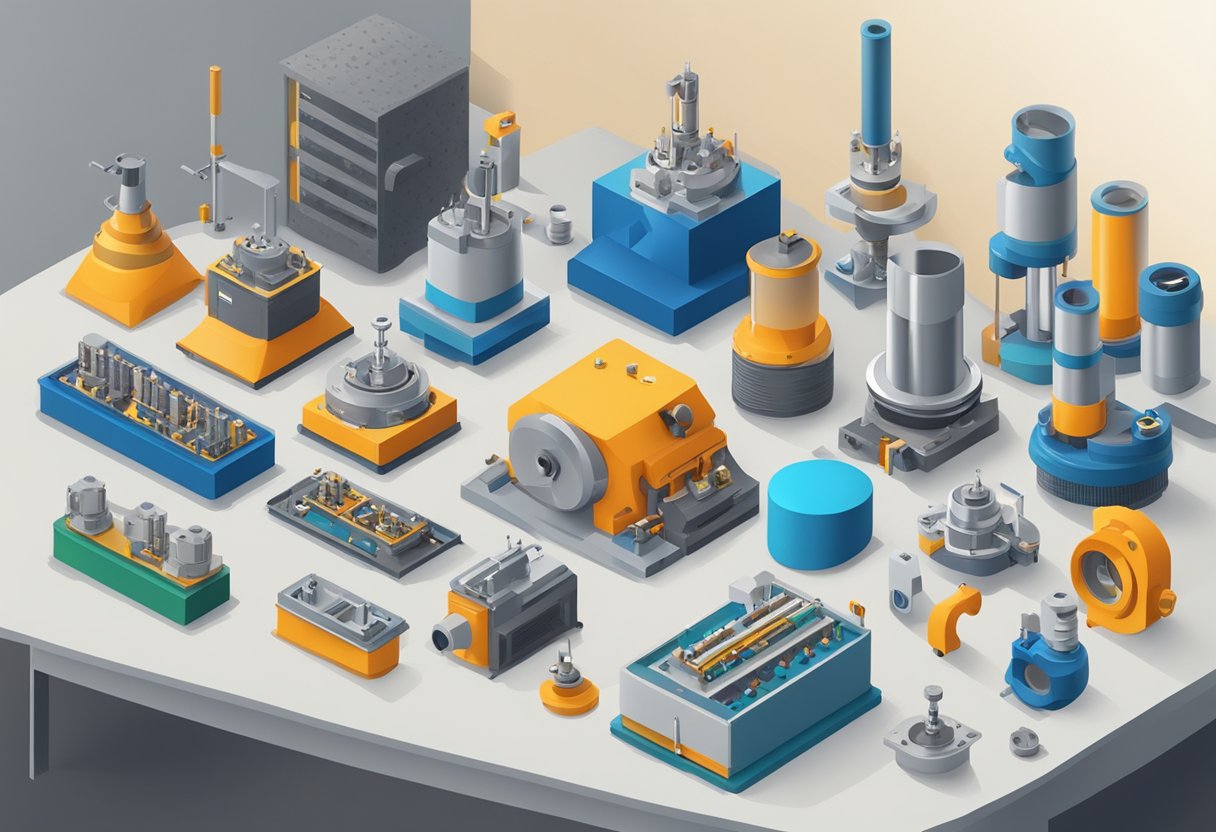
There are several types of vulcanization accelerators that are commonly used in the rubber industry. Each type has its own unique properties and characteristics that make it suitable for specific applications. The following are the most commonly used types of vulcanization accelerators:
Sulfenamides
Sulfenamides are a type of vulcanization accelerator that are commonly used in the production of tires and other rubber products. They are known for their fast curing speed and ability to improve the physical properties of rubber. Sulfenamides are also known for their excellent heat resistance and low toxicity.
Thiazoles
Thiazoles are another type of vulcanization accelerator that are commonly used in the rubber industry. They are known for their ability to improve the aging properties of rubber and for their excellent resistance to heat. Thiazoles are also known for their low toxicity and good compatibility with other rubber chemicals.
Guanidines
Guanidines are a type of vulcanization accelerator that are commonly used in the production of rubber products that require high tensile strength and good abrasion resistance. They are known for their ability to improve the physical properties of rubber and for their excellent heat resistance. Guanidines are also known for their low toxicity and good compatibility with other rubber chemicals.
Thiurams
Thiurams are a type of vulcanization accelerator that are commonly used in the production of rubber products that require good heat resistance and excellent aging properties. They are known for their ability to improve the physical properties of rubber and for their excellent resistance to heat. Thiurams are also known for their low toxicity and good compatibility with other rubber chemicals.
Dithiocarbamates
Dithiocarbamates are a type of vulcanization accelerator that are commonly used in the production of rubber products that require good heat resistance and excellent aging properties. They are known for their ability to improve the physical properties of rubber and for their excellent resistance to heat. Dithiocarbamates are also known for their low toxicity and good compatibility with other rubber chemicals.
Manufacturing Processes
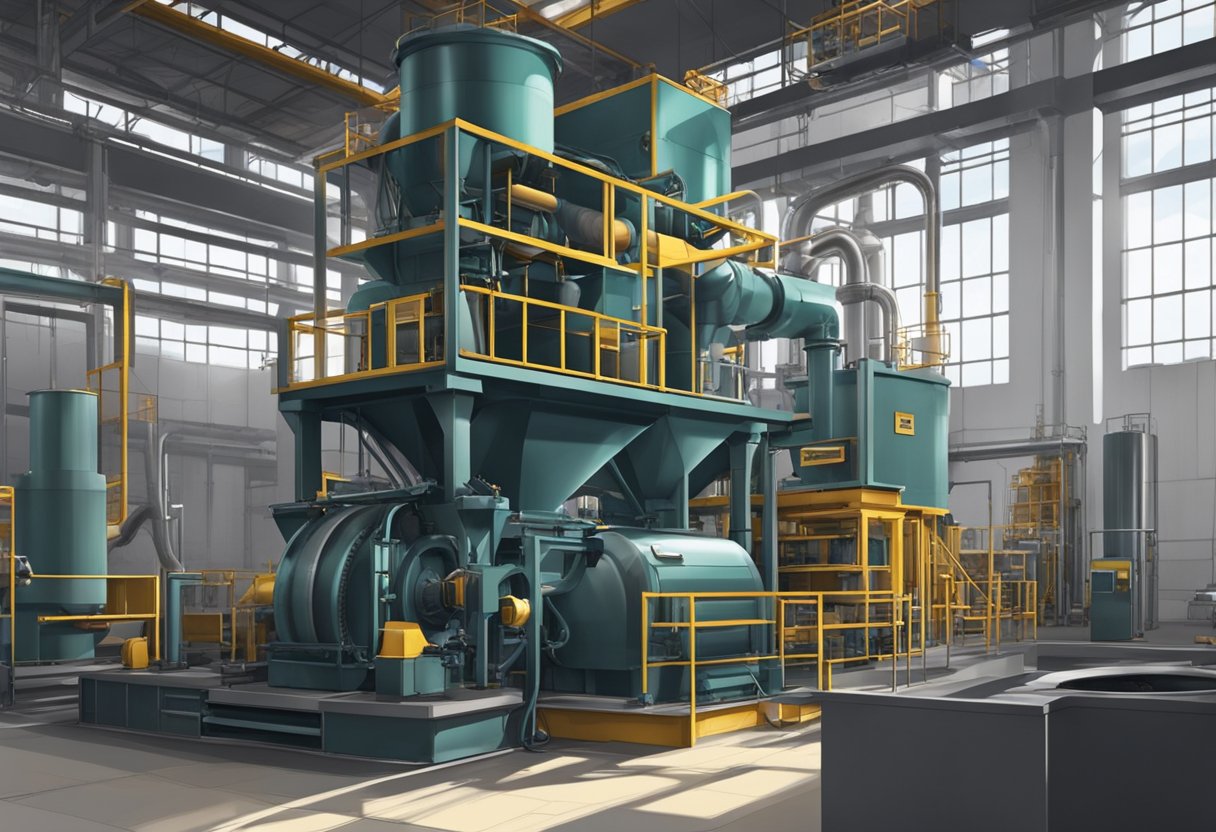
Raw Material Synthesis
The manufacturing process of vulcanization accelerators starts with the synthesis of raw materials. These materials are synthesized in specialized chemical plants and are then transported to the accelerator production facility. The raw materials used in the synthesis process include sulfur, zinc oxide, and various amines. The synthesis process involves complex chemical reactions that result in the formation of the desired product.
Formulation and Mixing
Once the raw materials have been synthesized, they are transported to the accelerator production facility. Here, the raw materials are formulated and mixed in precise proportions to create the vulcanization accelerator. The formulation process involves the careful selection of the raw materials and their respective quantities to ensure that the final product meets the desired specifications.
The mixing process involves the use of specialized equipment to blend the raw materials together. The equipment used for mixing includes high-speed mixers and blending tanks. The mixing process is critical to the quality of the final product, as it ensures that the raw materials are evenly distributed and thoroughly mixed.
After the mixing process, the vulcanization accelerator is tested to ensure that it meets the desired specifications. The testing process involves a series of rigorous tests to ensure that the product is of high quality and meets the required standards.
In summary, the manufacturing process of vulcanization accelerators involves the synthesis of raw materials, formulation and mixing, and rigorous testing to ensure that the final product meets the desired specifications. The process requires specialized equipment and expertise to ensure that the final product is of high quality and meets the required standards.
Applications in Rubber Industry
Tire Manufacturing
Vulcanization accelerators are widely used in the tire manufacturing industry to improve the efficiency and quality of the production process. The addition of accelerators to the rubber compound helps to reduce the time and temperature required for vulcanization, which in turn reduces the energy consumption and production costs. The use of accelerators also enhances the physical properties of the tire, such as its strength, durability, and resistance to wear and tear.
Some of the commonly used accelerators in tire manufacturing include mercaptobenzothiazole (MBT), dibenzothiazyl disulfide (MBTS), and N-tert-butyl-2-benzothiazolesulfenamide (TBBS). These accelerators are typically added to the rubber compound in small quantities, ranging from 0.5% to 2%, depending on the specific requirements of the tire.
Industrial Rubber Goods
Vulcanization accelerators are also used in the production of various industrial rubber goods, such as hoses, belts, seals, and gaskets. The addition of accelerators to the rubber compound helps to improve the processing properties of the rubber, such as its flowability, extrudability, and moldability. This allows for faster and more efficient production of the rubber goods.
Some of the commonly used accelerators in industrial rubber goods include N-cyclohexyl-2-benzothiazolesulfenamide (CBS), N-tert-butylbenzothiazole-2-sulfenamide (TBBS), and tetramethylthiuram disulfide (TMTD). These accelerators are typically added to the rubber compound in small quantities, ranging from 0.5% to 2%, depending on the specific requirements of the rubber goods.
In summary, the use of vulcanization accelerators has become an essential part of the rubber industry, particularly in tire manufacturing and industrial rubber goods production. The addition of accelerators to the rubber compound helps to improve the efficiency, quality, and physical properties of the rubber products, while reducing the energy consumption and production costs.
Performance Optimization
Accelerator Combinations
The use of vulcanization accelerators is known to improve the speed and efficiency of the curing process. However, the effectiveness of a single accelerator may not be sufficient for achieving optimal performance. In such cases, the use of accelerator combinations may be necessary.
The selection of accelerator combinations should be based on the desired properties of the final product. For instance, the combination of thiazole and sulfenamide accelerators has been found to offer improved tensile strength and elongation at break. On the other hand, the combination of thiazole and dithiocarbamate accelerators is known to provide better heat resistance.
Curing Temperature and Time
The curing temperature and time are critical factors that affect the performance of vulcanized rubber. The optimal curing temperature and time depend on the type of accelerator used and the desired properties of the final product.
In general, a higher curing temperature and longer curing time result in improved cross-linking density and mechanical properties. However, excessive curing can lead to over-crosslinking, which can cause brittleness and reduced elasticity.
Therefore, it is important to carefully control the curing temperature and time to achieve the desired balance between cross-linking density and mechanical properties. Table 1 summarizes the recommended curing temperature and time for different accelerator types.
Table 1: Recommended curing temperature and time for different accelerator types
| Accelerator type | Curing temperature (°C) | Curing time (min) |
|---|---|---|
| Thiazole | 140-150 | 20-30 |
| Sulfenamide | 150-160 | 15-25 |
| Dithiocarbamate | 150-160 | 20-30 |
In summary, the performance optimization of vulcanized rubber involves the careful selection of accelerator combinations and the control of curing temperature and time. By following these guidelines, manufacturers can achieve the desired properties of the final product and improve the efficiency of the curing process.
Environmental and Health Considerations
Toxicity Issues
Vulcanization accelerators are known to have some toxicity concerns. They can cause skin and eye irritation when they come into contact with the skin or eyes. Some accelerators can also cause respiratory problems when inhaled.
The toxicity of vulcanization accelerators depends on the specific chemical used. For example, some accelerators such as mercaptobenzothiazole (MBT) have been found to be toxic to aquatic life. Therefore, it is important to handle these chemicals with care and follow proper safety protocols.
Regulatory Standards
In order to ensure the safe use of vulcanization accelerators, various regulatory standards have been put in place. For example, the European Union has restricted the use of certain accelerators such as N-nitrosamines due to their carcinogenic properties.
In the United States, the Occupational Safety and Health Administration (OSHA) has set exposure limits for some vulcanization accelerators to protect workers from potential health hazards. In addition, the Environmental Protection Agency (EPA) regulates the use of these chemicals to prevent environmental contamination.
Overall, it is important to consider the potential environmental and health impacts of vulcanization accelerators and take necessary precautions to minimize any risks associated with their use.
Market Trends and Economics
Demand Analysis
The global vulcanization accelerator market is expected to witness significant growth in the coming years due to the increasing demand from various end-use industries such as automotive, footwear, and construction. The growing demand for high-performance tires, especially in emerging economies, is expected to drive the demand for vulcanization accelerators.
The automotive industry is the major consumer of vulcanization accelerators due to the increasing production of vehicles globally. The growing demand for fuel-efficient and high-performance tires is expected to boost the demand for vulcanization accelerators in the automotive industry.
The footwear industry is another major end-use industry for vulcanization accelerators. The increasing demand for comfortable and durable footwear is driving the demand for vulcanization accelerators. Moreover, the growing trend of athleisure wear and sports footwear is expected to further boost the demand for vulcanization accelerators in the footwear industry.
Supply Chain
The vulcanization accelerator market is highly dependent on the supply of raw materials such as sulfur and rubber. The availability of these raw materials in the market and their prices have a significant impact on the profitability of the vulcanization accelerator manufacturers.
The vulcanization accelerator market is highly fragmented with the presence of numerous small and large players. The major players in the market are investing in R&D activities to develop new and innovative products to cater to the changing demand from various end-use industries.
The Asia Pacific region is the major producer and consumer of vulcanization accelerators due to the presence of a large number of end-use industries such as automotive, footwear, and construction. The increasing demand for high-performance tires and footwear in the region is expected to drive the growth of the vulcanization accelerator market in the coming years.
In conclusion, the vulcanization accelerator market is expected to witness significant growth in the coming years due to the increasing demand from various end-use industries. The major players in the market are focusing on R&D activities to develop new and innovative products to cater to the changing demand from various end-use industries.




